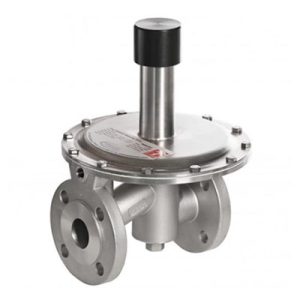STEAM TRAPS
Steam traps are essential components in steam systems used to remove condensate (liquid water) and non-condensable gases from the steam lines, ensuring efficient and reliable operation. They play a crucial role in maintaining the quality and integrity of the steam while preventing energy loss and potential damage to equipment.
Here are the key features and functions of steam traps:
1. Condensate Removal: Steam traps are primarily designed to discharge condensate, which forms when steam loses heat and converts back into liquid water. Accumulation of condensate in steam lines can lead to reduced heat transfer efficiency, water hammer, and corrosion.
2. Automatic Operation: Steam traps are self-acting devices that operate without the need for external control. They open to discharge condensate and close to prevent the loss of steam.
3. Condensate Discharge Types: There are several types of steam traps, each employing different mechanisms to remove condensate. The most common types include:
a. Float-Type Steam Traps: These traps use a float mechanism that rises and falls with the condensate level. When the condensate reaches a certain level, the float opens the trap to discharge the condensate.
b. Thermodynamic Steam Traps: Thermodynamic traps utilize the principle of fluid dynamics to open and close the trap. They have a disc or valve that opens when the pressure differential exceeds a specific threshold, allowing condensate to be discharged.
4. Non-Condensable Gas Removal: In addition to removing condensate, some steam traps can also eliminate non-condensable gases, such as air or carbon dioxide, from the steam system. These gases can hinder heat transfer and cause operational issues if not removed.
5. Energy Conservation: Steam traps help conserve energy by preventing the loss of steam. They ensure that only condensate is discharged while retaining the valuable steam within the system.
6. Maintenance and Monitoring: Proper maintenance and regular inspection of steam traps are crucial to ensure their optimal performance. Monitoring devices, such as steam trap monitors or ultrasonic leak detectors, can be used to assess the functioning and detect any failures or inefficiencies in the traps.





